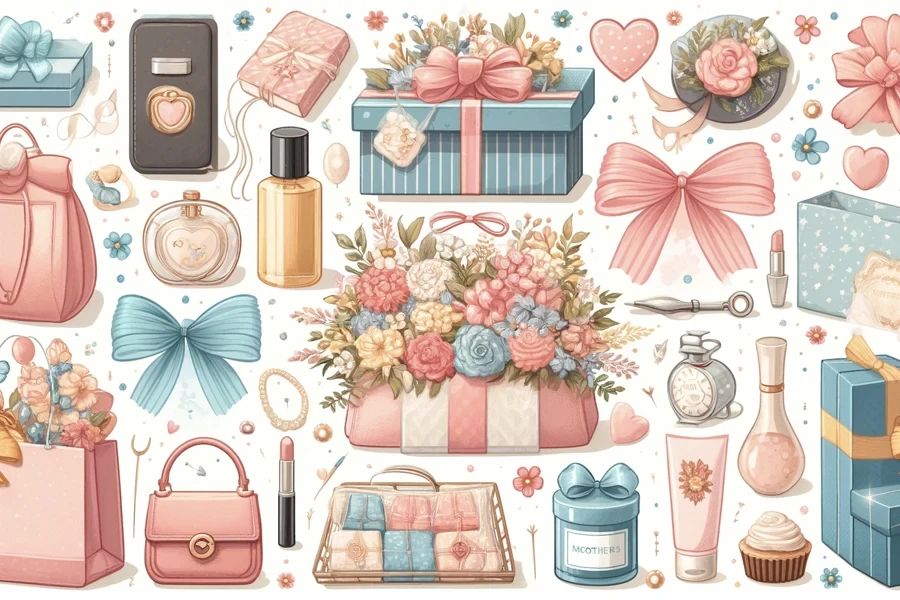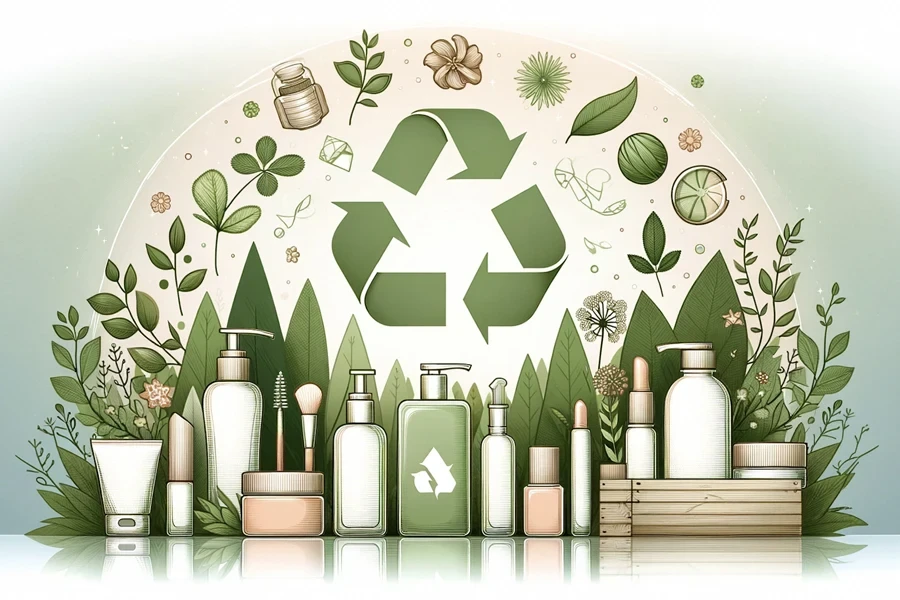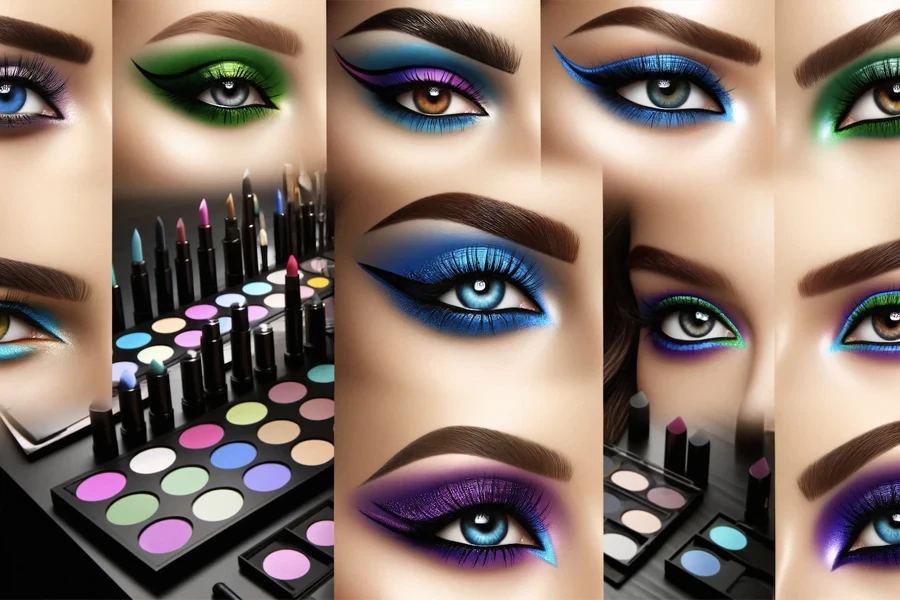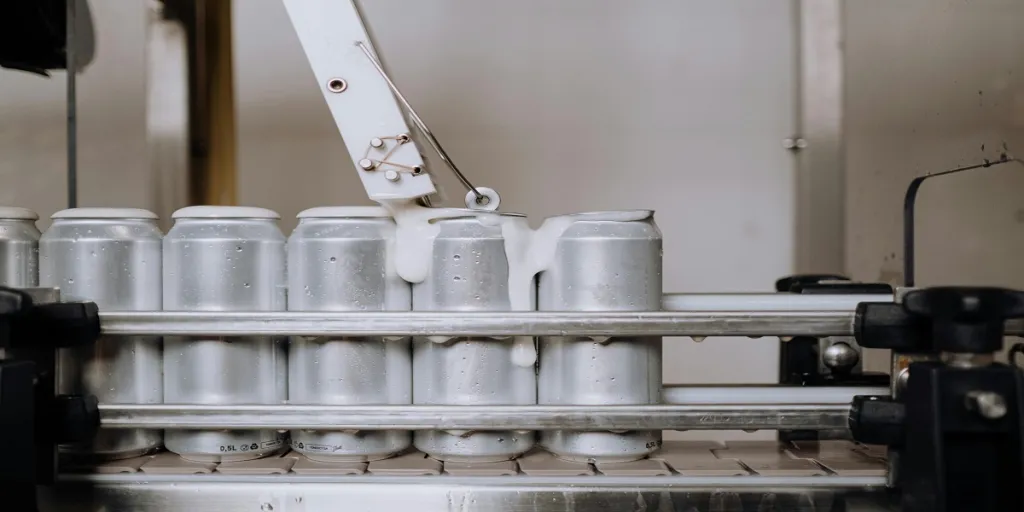In the ever-evolving landscape of consumer goods, the visual and tactile appeal of packaging can profoundly influence buyer behavior. The upcoming trend of totemic packaging for 2025/26 introduces an innovative approach combining sculptural aesthetics with functional design, promising to reshape market dynamics across various industries. A significant 92% of consumers indicate that sustainability is a crucial factor when choosing brands, highlighting the growing preference for eco-friendly products and packaging (McKinsey & Company).
Table of Contents
● The essence of totemic packaging
● Driving forces and strategies for totemic design
● Impact on consumer engagement
● Leading examples from global brands
The essence of totemic packaging
Totemic packaging stands out as a pivotal trend for the 2025/26 season, combining the allure of sculptural design with deep cultural resonances. This trend emphasizes packaging as a symbolic, almost sacred, element of the product experience. It seeks to integrate abstract and natural forms, transforming them into meaningful icons that resonate on a personal level with consumers.
Here’s a breakdown of what this trend involves and why it matters:
- Sculptural Design: Totemic packaging emphasizes the physical shape and design of the packaging, treating it more like a sculpture than a mere container. This involves creating unique, eye-catching forms that stand out on the shelves and captivate the consumer’s attention.
- Cultural Resonances: This trend taps into cultural symbols and motifs, using them in the packaging design to evoke deeper meanings and connections. These symbols can be derived from a variety of sources, such as art, history, mythology, or nature, and are chosen for their ability to convey specific values or stories that resonate with the brand’s identity. Brands that commit to sustainable packaging can see not only an increase in consumer trust but also in market share. For instance, 86% of consumers are more likely to purchase a product if its packaging is sustainable (McKinsey & Company). This sentiment is supported by another study showing that 76% of shoppers have made efforts to choose more sustainable products (McKinsey & Company).
- Symbolism and Significance: In totemic packaging, the design elements are not just decorative but are imbued with symbolism. The packaging acts as a totem—a sacred and emblematic object that holds significance beyond its physical form. This can transform the act of purchasing and owning a product into a more meaningful experience, where the consumer feels a personal connection to the brand and its values.

- Artistic Approach: By approaching packaging design as an art form, brands can elevate their products from ordinary commodities to objects of desire and appreciation. This artistic treatment helps to differentiate products in a crowded market and can enhance the perceived value of the product.
- Creating a Narrative: Totemic packaging is about more than just aesthetics; it’s about storytelling. By integrating meaningful design elements into the packaging, brands can tell a story that aligns with their marketing messages and core values. This helps in building a cohesive brand narrative that customers can engage with on an emotional level.
- Emotional Engagement: Ultimately, this trend is about forging a stronger emotional bond between the brand and its customers. The totemic elements in the packaging make each product feel special and personally relevant, encouraging loyalty and even advocacy among consumers.
By treating the packaging as an art form, brands can foster a deeper connection with their audience, making each product not just a purchase but a part of a larger narrative.
Driving forces and strategies for totemic design
The sustainable packaging market is expected to expand significantly, with projections estimating it to reach $423.56 billion by 2029, growing at a compound annual growth rate (CAGR) of 7.67% from 2024 to 2029. This growth reflects increasing consumer and regulatory demands for sustainable practices (McKinsey & Company). The push towards totemic packaging is driven by the industry’s latest ‘Big Ideas,’ which include New Pathways and Feel Appeal. These concepts highlight the industry’s shift towards more inclusive and emotionally engaging product experiences.

To successfully adopt this trend, brands should draw inspiration from their own heritage and the diverse cultures around them, creating a fusion aesthetic that appeals to a global audience. Using tactile shapes, materials, and finishes, the aim is to entice the sense of touch, which has been shown to increase purchase intent. Furthermore, incorporating sustainable practices such as minimally packaged refills and keepsake packaging that consumers can treasure indefinitely not only enhances brand loyalty but also addresses growing environmental concerns.
Impact on consumer engagement
The introduction of totemic packaging is proving to be more than an aesthetic triumph; it’s a strategic enhancement in how products interact with consumers. Approximately 75% of companies have made commitments to sustainable packaging, although fewer than 30% feel well-prepared to meet these goals. This gap indicates significant opportunities for improvement and innovation in sustainable practices within companies (McKinsey & Company).

Multi-sensorial experiences are becoming increasingly crucial in an era where digital fatigue is prevalent. By incorporating elements that can be felt, seen, and admired, brands are able to create an emotional resonance that transcends the ordinary. Studies indicate that tactile packaging not only attracts attention but also significantly boosts the likelihood of purchase, even in online settings. This approach leverages human sensory sensitivity to forge stronger connections and memorable brand experiences, which are vital in today’s competitive market.
Leading examples from global brands
Several innovative brands have already begun harnessing the power of totemic packaging to remarkable effect. Kindred Black, for example, utilizes an abstracted figural glass form for its Valentine’s Day fragrance, which not only captivates visually but also becomes a keepsake, enhancing its value as a gift. New Zealand-based skincare brand Twyg draws inspiration from the heartwood of the totara tree, not just in the formulation of its products but also in the distinctive design and signature color of its packaging, making it instantly recognizable. Beyoncé’s haircare line, Cécred, opts for a monochromatic totemic design with a debossed logo and stone texture, offering a timeless and elegant aesthetic. Each of these examples demonstrates how integrating totemic design can elevate a product from merely being a commodity to becoming a piece of art that consumers are proud to display.

Conclusion
The rise of totemic packaging in the 2025/26 season heralds a transformative era in consumer goods, where packaging transcends its traditional role and becomes a pivotal aspect of the product experience. This trend not only challenges brands to innovate aesthetically but also to embed deeper cultural and emotional significance into their packaging designs. As we’ve seen, totemic packaging is not merely about visual appeal; it’s a holistic strategy that encompasses sustainability, cultural resonance, and emotional engagement. By embracing this trend, brands can create more than just products; they can offer unique, meaningful experiences that resonate with consumers on a personal level. As the market continues to evolve, totemic packaging stands as a beacon for brands aiming to foster a profound connection with their audience, turning everyday interactions into lasting impressions. This approach is poised to reshape consumer expectations and set new standards in the packaging industry, proving that in the world of branding, the package can indeed be as significant as the product within.




